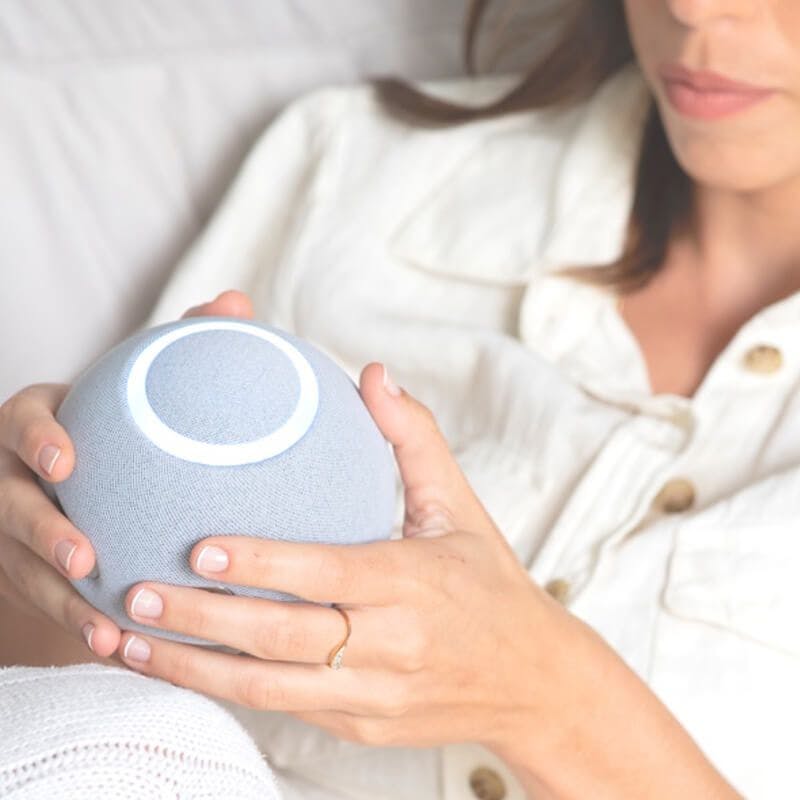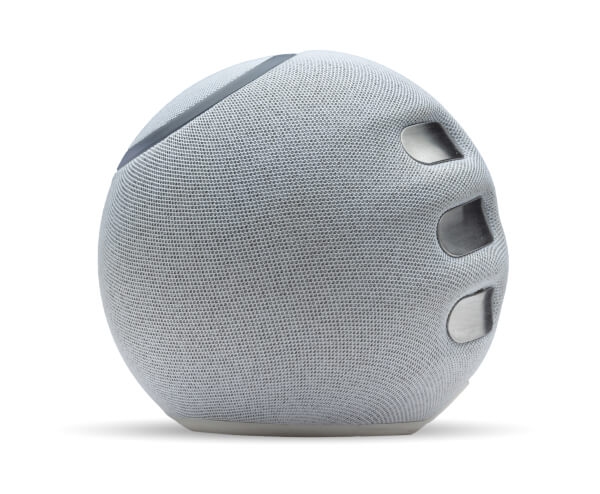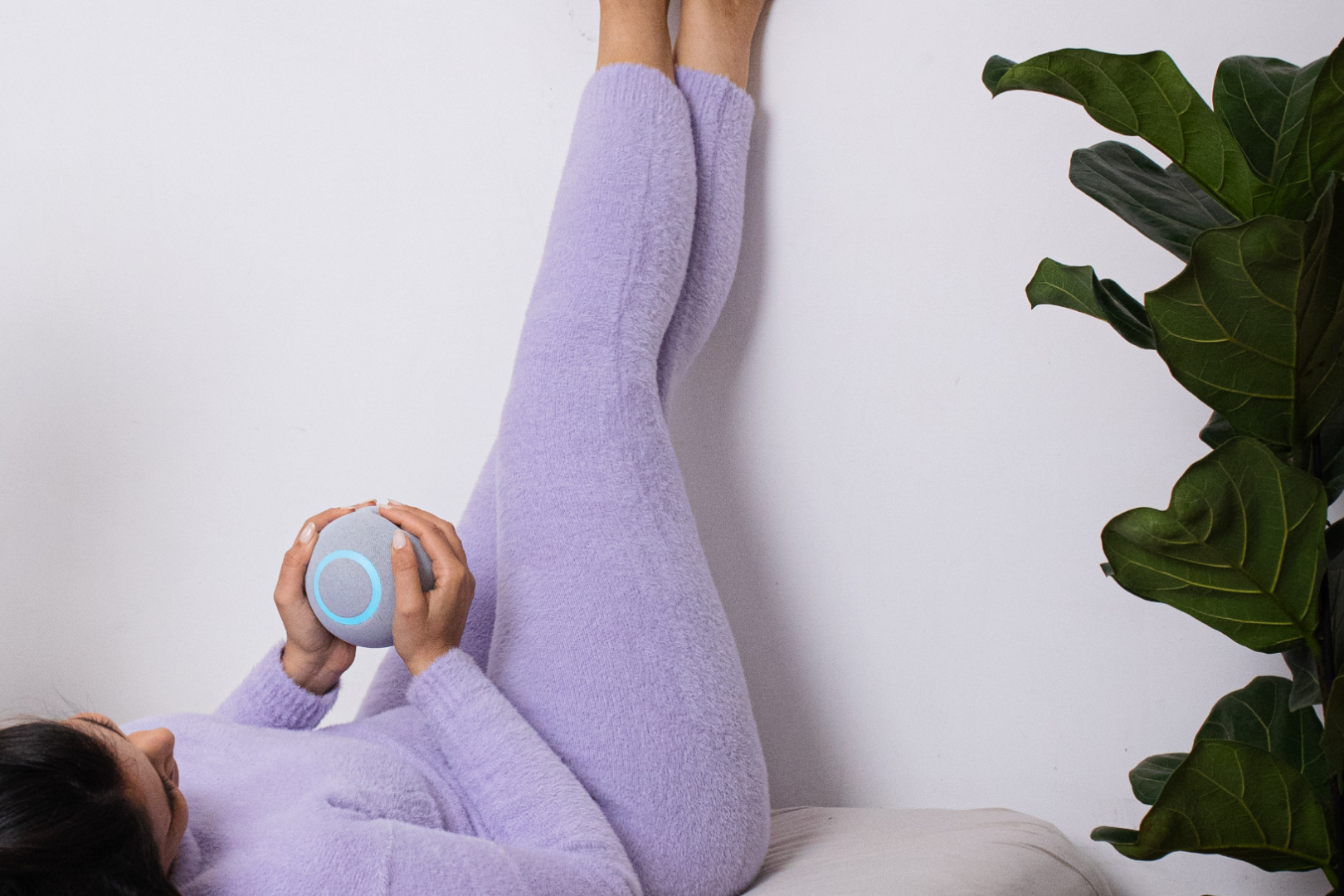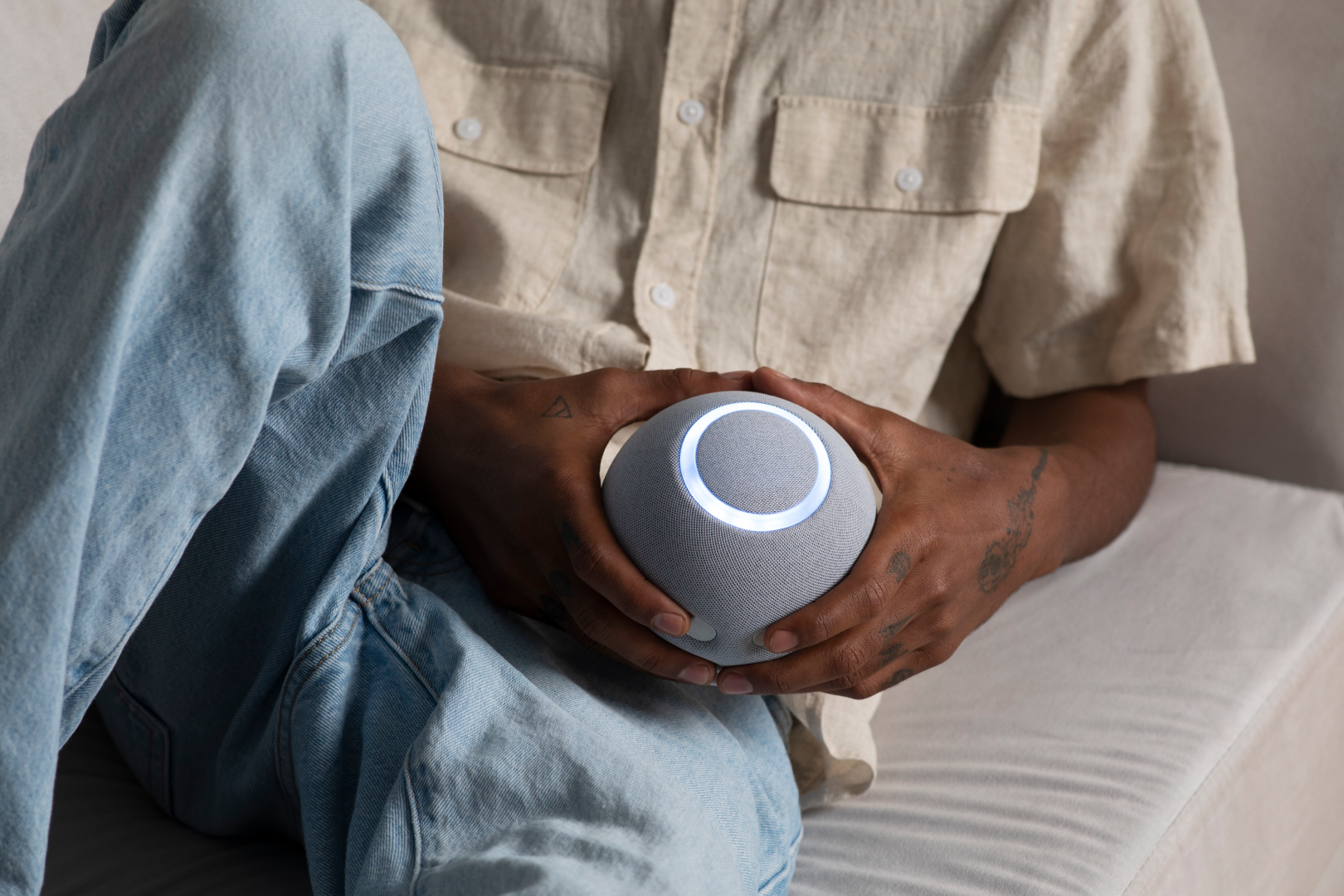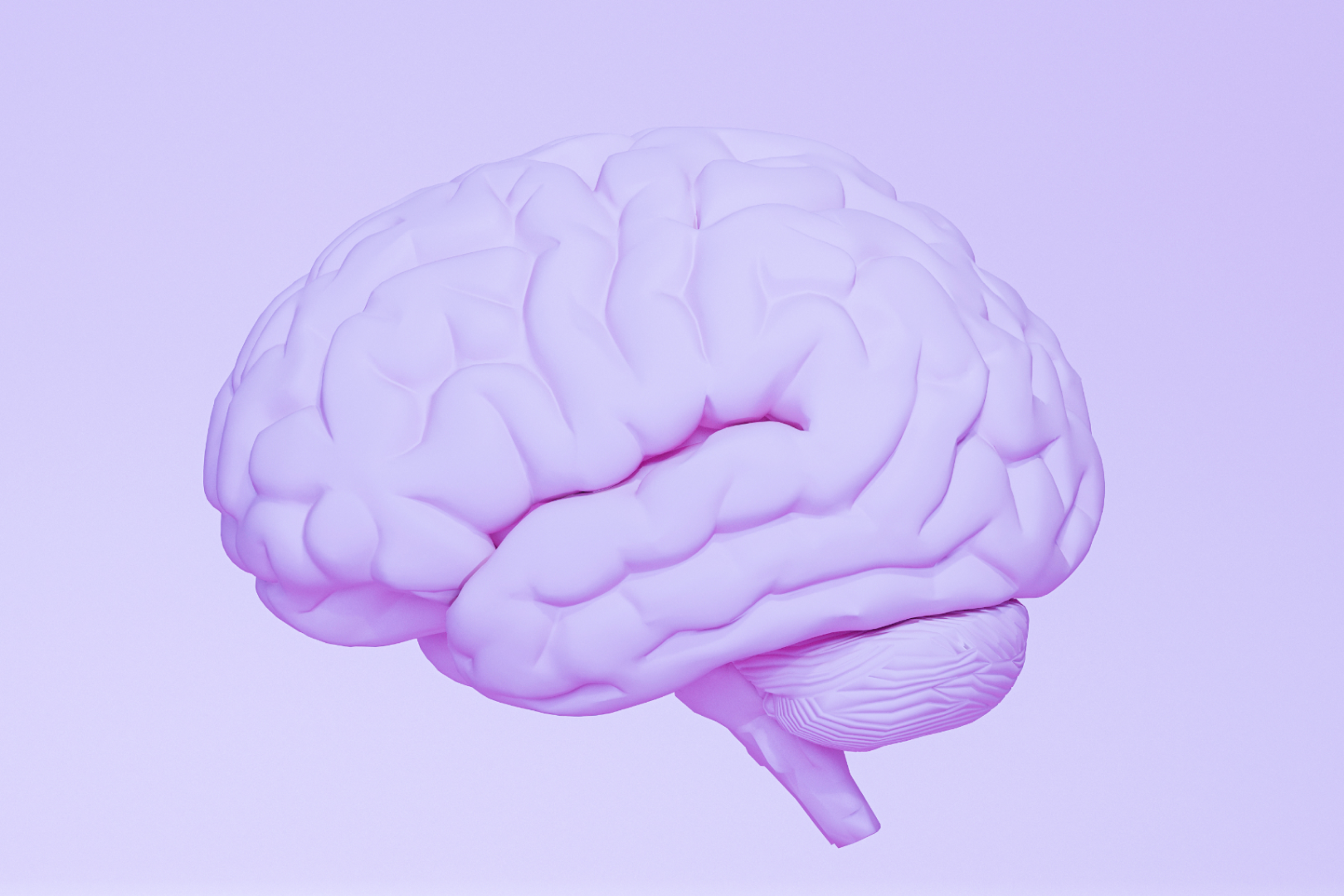There are a lot of ‘buzzwords’ thrown around when considering therapy for health and wellbeing. Two that are often mentioned include biofeedback and neurofeedback. They sound quite similar, so you might be wondering what they are or whether they are one and the same.
The answer is yes, they are related but also separate. Let’s dive deeper and see what both these terms are all about.
Are Neurofeedback and Biofeedback the Same Thing?
Neurofeedback and biofeedback are from the same scientific ‘family’; more specifically, neurofeedback is one of several types of biofeedback therapy. As you can probably guess from the name, neurofeedback is focused on the brain.
Neurofeedback specifically measures changes in brainwave activity in response to different thoughts, feelings, and stressors. Both biofeedback and neurofeedback are non-invasive and don’t require any medications, meaning they are safe and have no side effects.
So yes, neurofeedback and biofeedback are from the same family, but neurofeedback only considers brain activity, rather than the broader set of physiological responses used in biofeedback, such as heart rate, sweat, or muscular activity.
Aspect Biofeedback Neurofeedback
Definition: A technique that uses sensors to measure and provide feedback on the body's physiological responses (e.g. heart rate, breathing) A technique that uses sensors to measure and provide feedback on brainwave activity.
Goal: To increase awareness and control over physiological responses To train the brain to self-regulate and improve cognitive function.
Applications used to treat anxiety, stress, chronic pain, and other conditions that involve physiological responses Used to treat ADHD, anxiety, depression, PTSD, and other conditions that involve brainwave activity.
Equipment: Sensors that measure physiological responses (e.g. heart rate monitors, skin conductance sensors) Electroencephalography (EEG) equipment to measure brainwave activity.
Training: Teaches patients to recognize and control physiological responses through relaxation techniques and breathing exercises Trains patients to change brainwave patterns through mental exercises and cognitive training.
Feedback: Visual or auditory feedback on physiological responses (e.g. a graph that shows heart rate changes) Visual or auditory feedback on brainwave activity (e.g. a video game that rewards specific brainwave patterns).
Cost: Can be relatively inexpensive, with home biofeedback devices available for purchase Can be more expensive, requiring specialized equipment and trained professionals
Effectiveness: Effective in reducing symptoms of conditions such as migraines and irritable bowel syndrome Effective in treating ADHD, anxiety, and other conditions involving brainwave activity.
Risks: Generally considered safe, but there may be rare cases of side effects such as headaches or dizziness Generally considered safe, but may cause mild side effects such as fatigue or discomfort during training.
Limitations: May not be effective for all conditions, and may require regular training to maintain benefits May require multiple sessions and trained professionals to achieve results.
Popularity: Widely used in healthcare settings and by individuals for stress reduction and performance enhancement Increasing in popularity, but still less commonly used than biofeedback.
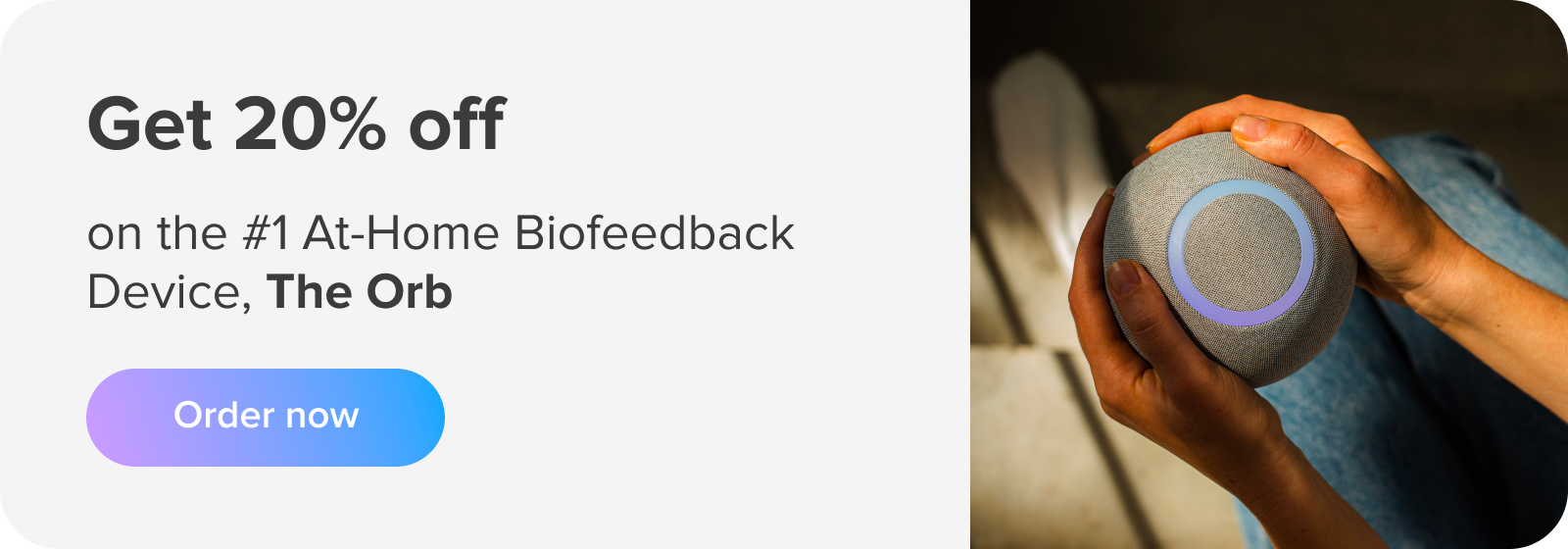
How Biofeedback Works
Biofeedback is a therapy that helps people build and strengthen their mind-body connection. During biofeedback, you are connected to different sensors that ‘read’ your physiological functioning, like breathing, heart rate, and sweating response, in real-time.
You can actually see a live representation of what’s happening to your body on a screen, whether a computer or mobile phone, or on the biofeedback device itself. During a biofeedback session, you are guided with relaxation exercises, such as breathing, meditation, or visualizations. Biofeedback uses visual and auditory tools to show the changes in your body’s reactions.
For example, a melody or rhythmic sound slows down to indicate that your heart rate is slowing. Or a light turns from red to yellow to blue to show how your body is becoming calmer. As you watch the changes represented on the biofeedback device, the feedback helps you learn which relaxation techniques work for you.
Then you can carry this understanding in your day-to-day life, and use it to gain relief from physical and mental issues, such as high blood pressure or anxiety, which will improve your overall sense of calm and wellbeing.
Biofeedback can be done with the help of a therapist trained in the method, or you can use a home biofeedback device to gain the benefits of biofeedback at your own pace, in the comfort of home.
How Neurofeedback Works
Neurofeedback is a form of biofeedback therapy that is wholly focused on your brain’s electrical activity, so it requires EEG sensors. These are applied to different points on your head and face, and they monitor your brainwaves in real-time.
During neurofeedback therapy, people can learn how their brainwaves respond to certain stressors and practice techniques to calm the electrical activity and achieve a more relaxed state.

There are 5 main types of brainwaves monitored during neurofeedback therapy:
- Delta: The slowest brainwaves, which reflect a deep sense of calm. These occur during non-REM sleep.
- Theta: Also a slow brainwave, but not as slow as Delta. These occur during dream sleep, meditation, or when in a state of relaxed creativity.
- Alpha: These are also a relatively relaxed state, however, the person is conscious. Alpha indicates both physical and mental calm, yet the person can move to higher active brainwave states very easily.
- Beta: When a person is alert and active, such as solving a problem, enjoying a conversation, or otherwise mentally engaged, faster Beta waves are in action.
- Gamma: These are the fastest, smallest waves, present during times of intense focus, concentration, and stress.
The Difference Between Neurofeedback and Biofeedback
Biofeedback monitors a wide range of body responses, including heart rate variability, galvanic skin response (i.e. sweating), muscle activity (via EMG, or electromyography), as well as the brain’s electrical activity, with the help of EEG, or electroencephalogram.
The main difference between neurofeedback and biofeedback is that the former only monitors the brainwave activity, while the latter can combine any or all of the other measurements. That’s why neurofeedback is also sometimes known as EEG biofeedback.
Here are some more differences between neurofeedback and biofeedback:
- More complex: Neurofeedback is a more complex therapy option because brainwave signals are harder to read than other physiological signals. It requires placing many sensors accurately on different positions on the head to monitor your brain’s electrical activity.
- More sessions: Because people can’t detect their brainwave activity, learning which emotions cause certain neuro-electrical activity, and how to achieve a more relaxed neurological state takes longer. This means that neurofeedback usually demands more sessions than regular biofeedback.
- Specific conditions: Neurofeedback is wholly focused on how to create better electrical responses in the brain, and this is particularly effective for cognitive related conditions, such as depression, ADHD, headaches, memory, and sleep problems.
- The monitoring device: For neurofeedback therapy, an EEG feedback device is all that is required. For biofeedback, several physiological responses are measured, so the biofeedback device must feature a range of monitoring capabilities.
Which is Best: Biofeedback or Neurofeedback?
When deciding which therapy is best to improve your health and wellbeing, first figure out your goal. If, for example, you want to learn to relax, then biofeedback would be the best.
With a biofeedback device, you can work on factors such as your heart rate and muscular tension, which can have a more immediate effect on your stress level.

Meditation with Reflect biofeedback device[/caption] Neurofeedback has been shown to deliver beneficial effects on health and wellbeing for PTSD, and anecdotal evidence and case studies indicate that it can have an extremely positive impact for other conditions or even general wellness.
If you want to get a bit more focused than biofeedback and delve specifically into how your brain’s electrical activity can improve wellbeing, then you might want to try neurofeedback. When using a device at home, we recommend starting out with a broader biofeedback experience rather than diving straight into the more complex and hidden process of neurofeedback.
If you are working with the guidance of a biofeedback therapist, discuss with them whether neurofeedback is something you can try together.
What is the Best Biofeedback Device?
If you want to try biofeedback for self-help, then a device that is easy to use, compact and accurate should be your top priority. The Reflect biofeedback device does not require you to apply sensors to your body, just rest your hands comfortably on the Reflect Orb and let it read your physiological activity.
The orb lights up with different colors to indicate your changing physiological state, which is very simple to understand. The Reflect device fits right in with your daily meditation or relaxation exercises, and at the same time, gives you valuable biofeedback to enhance your practice.
Many people doing biofeedback at home prefer a device that has a modern design and fits in with their lifestyle, rather than a device that looks like it could belong in a hospital or clinic! Reflect, our biofeedback ball, also fits the bill on this score, with a signature sleek ‘orb’ design that looks great on your coffee table and enhances the decor.
Remember, there is no single correct choice. The best biofeedback device for you is the one that meets your needs and expectations and becomes your best friend on your journey to self-soothing and calm.
